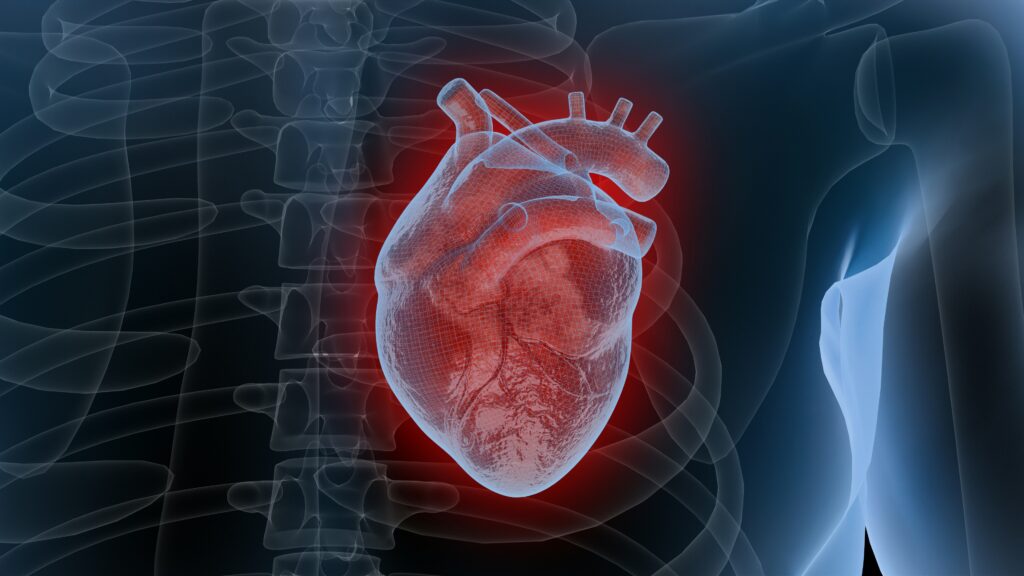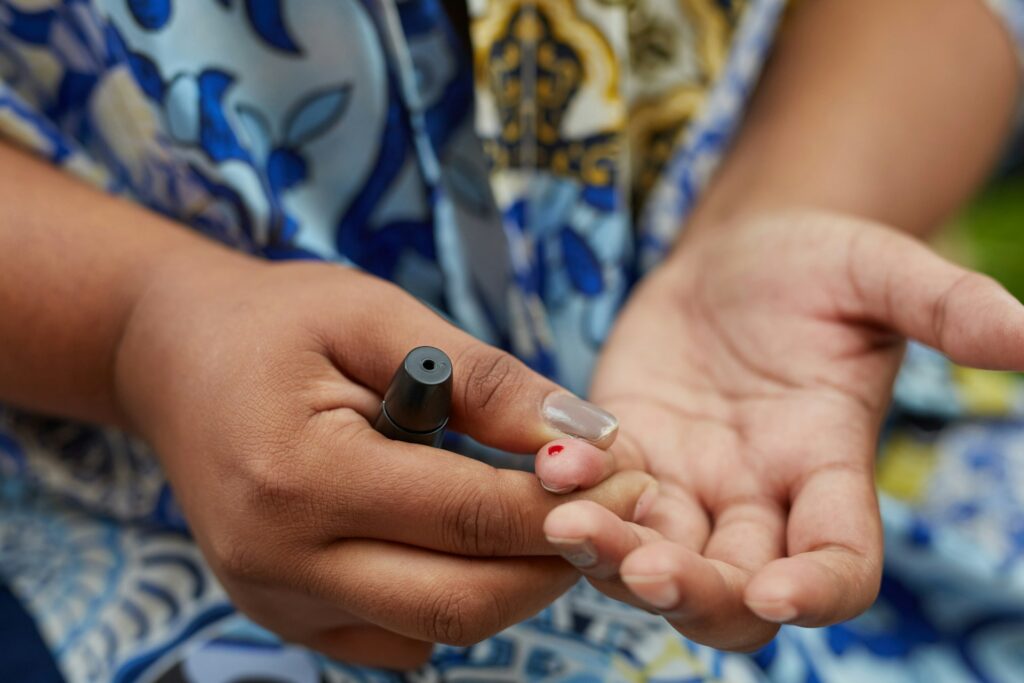
The real causes of poor cardiovascular health
What are Social Determinants of Health?
When it comes to health and well-being, only a few people understand it is more than medical conditions. There are a range of factors that influence health status aside from the direct cause of the medical condition or the medical care needed.
At the heart of our health, lies the social determinants of health.
But you see, this is what many of us are yet to know. We spend too much time and resources on treating medical conditions instead of preventing the real causes…..better known as social determinants of health . They cut across all aspects of society and are present at all levels of life.
Social Determinants of Health (SODH) refer to the social and physical conditions in the environment where you were born, work, live, play, and other sets of circumstances that shape your daily life. These circumstances include education, access to healthcare, socioeconomic, environmental, and cultural factors.
Briefly, we will look at how SODH shapes the cardiovascular health of people in our communities.
How Social Determinants of Health Affect Our Communities
1. Socioeconomic Status
Socioeconomic Status (SES) is not about having money, or working a high-income job. There is more to it. Socioeconomic status encapsulates money, knowledge, assets, exposure, employment, income and a whole lot more. It is a hydra-headed factor that sweeps through every culture, race, and level of society. Cardiovascular disease is not a health condition for the rich or poor, It affects everyone.
It is true that people with poor socioeconomic status are more likely to have unhealthy lifestyles regarding diet, physical activity, stress, alcohol and tobacco use. They are also more likely to be underserved with health care, and education. For this reason, they are more prone to cardiovascular diseases.
How about people with lots of money?
Chances are that people who earn a lot of money are likely to live healthier lifestyles compared to people who earn less. But that is not all there is to it. Sometimes, they may not have enough knowledge and skills to make healthy choices. They may also consume unhealthy foods, stay sedentary, drink a lot, stay stressed out and use tobacco. This puts them at serious risk to develop health conditions like diabetes, obesity, and coronary diseases too….so you see, it is not just about money!
Money is the usual suspect but other factors like knowledge and skills have a role to play.
How We Help
First, everyone can prevent cardiovascular diseases regardless of their socioeconomic status. We guide people to make lifestyle choices that are affordable and enjoyable. They don’t have to break the bank to live a healthy lifestyle..
2. Access To Quality Health Care Services
When health care is not available, affordable or accessible, people will not be able to get the health care they need. Lack of health insurance coverage causes people to pay for health care out of their pocket. This hinders the people from receiving the health care services they need. It tends to drive people into poverty when they are affected by serious health problems.
How We Help
Our online cardiovascular risk assessment tool is free. People are able to find out the level and type of their risk factors. We also provide free information and education to guide them to reduce these risk factors. .
3. Education
Another factor worth considering is the literacy level and educational attainment of individuals and the impact on their cardiovascular health. Highly educated individuals are less likely to take tobacco and alcohol compared to people with little or no education. For this reason, people with little or no education are at higher risk for developing cardiovascular diseases.
This means education is an edge to good health.
How We Help
Viedial’s structured patient education is a self paced program that provides detailed information about cardiovascular disease risk factors and guides clients on how to practise self-care and self-monitoring. This program is highly interactive and easy to understand.
4. Cultural and Environmental Factors
When we are looking at culture, we are considering two aspects; the culture we were born into and the acquired culture we are exposed to as we grow older. Globalisation has an effect on both aspects of culture.
Most cultures use alcoholic drinks for celebrations and other social events. While this may cause little harm when used occasionally or moderately, it is a serious problem when people use it frequently and in very large quantities. Many cultures promote the use of saturated fats for cooking. Globalisation has exposed people to foods with sugar and trans-fats.
Also, environmental factors such as air, land, water and noise pollution have a role to play in the well-being of people. For example, a polluted and unsafe environment discourages outdoor exercises, infects food and creates stress.
Our community health program
Last year, we launched our outreach program to sensitise people who live in urban slums and rural areas that are hard-to-reach and under-served on cardiovascular health.
From October 2021 to January 2022, our team served Durumi 1 & 2 communities of Abuja Municipal Area Council L.G.A. in the FCT.
Through a collaboration with the indigenous communities, and their local chiefs, we reached 120 community members with free blood sugar and blood pressure screening. We also supported them to set up a community-based self care and monitoring program.
We hope you found this piece useful. We are committed to reach under-served and hard-to-reach communities who are severely affected by the social determinants of health. Stay with Viedial to get more updates on our community program.



